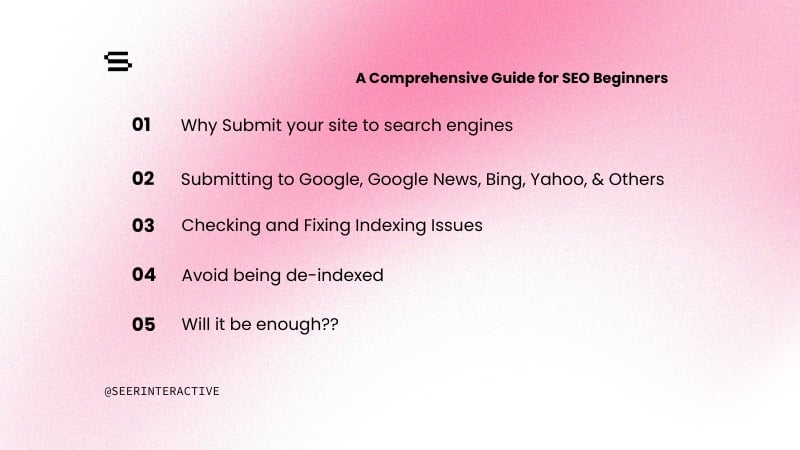If you are running a Google AdWords account for your ecommerce store and you offer Paypal, you may be optimizing around incomplete data. Why? Because orders placed with Paypal are not automatically tracked in the AdWords interface.
When a customer completes a transaction using Paypal, their payment information is collected in Paypals domain, which means that they leave your store and dont return when their purchase is completed. Since they are not sent to your order confirmation page where your conversion tracking code is installed when the purchase is completed, the cookie the customer received when they clicked on your PPC ad is never passed back to the Google server and therefore the conversion isnt reported in the AdWords interface.
Here is an example of how the process works: Lets say that I am searching for flights and I click on a PPC ad for Southwest Airlines and I decide to pay using Paypal. Check out what happens:
(Image removed)
To illustrate how missing out on Paypal conversion & revenue data can result in lack of transparency leaving you unable to make well informed optimization decisions, check out the scenario below:
Lets say that on average, 20% of your total purchases are processed through Paypal. Here is a look at the revenue youll see in your reports with standard Google conversion tracking enabled (assuming youre using a dynamic variable to track revenue):
(Image removed)
Since were assuming in this example that Google is only capturing 80% of conversions and revenue (the remaining 20% being processed through Paypal), below is a look at the account with Paypal orders included:
(Image removed)
Actual revenue is $37,871. Without knowing that $7,574 is missing and which campaigns were generating this missing revenue, you would not have all of the data necessary to make solid optimization decisions, potentially pulling back or even pausing campaigns that dont appear to be doing well but actually are.
Installing Paypal Tracking in 5 simple steps
In order to track conversions generated through Paypal, youll need to have Buy Now buttons enabled. Setting them up is simple. Heres how:
1. From your Paypal account, Click the Merchant Tools tab and select Buy Now Buttons under Website Payments
2. Complete the fields then click Add More Options
3. In the Customize your Buyers Experience section, enter the URL of your order confirmation page** in the Successful Payment URL field.
**You will need to create a separate order confirmation page for Paypal order confirmations. This is where you will install the Google conversion tracking script.
4. Click Create Button Now
5. Copy the code in the HTML Code for Websites text box and paste it into the code of your website.
Viola!
Edit Existing Buy Now Buttons
If you already have Buy Now buttons enabled, youll just need to modify the code on the page where the button is installed.
In the source of the page where you display a Buy it Now button, install the following code between the exiting form tags:
(Image removed)
**Make sure that you install the Google conversion tracking script on the new order confirmation page youve created.
Tracking Revenue with Paypal
The steps above will allow you to record conversions using a static variable. If you would like to generate revenue data using a dynamic variable, youll need to take a few extra steps. Youll also need to have knowledge of CGI (or hire someone who does) which will enable you to generate a dynamic webpage.
Each time a purchase is made on your site using Paypal, data about that purchase is automatically sent to the order confirmation page you specify to Paypal. This data (such as total order value) is sent in a CGI POST and in order to be able to capture this information, your order confirmation page URL needs to be dynamic.
First, create a new Google Purchase/Sale conversion tracking script using totalValue instead of the dynamic shopping cart variable you would normally use to capture an order subtotal/total value.
If youve never generated or installed a code using a dynamic variable, Google has a great video tutorial that explains the process step by step.
Once the Google conversion code is created, youll need to create another code for dynamically generating your conversion confirmation page. The page must be able to do the following:
* Extract the amount parameter from the CGI POST
* Set the JavaScript variable totalValue (that you entered into the Value field when generating the Google conversion code) equal to the amount parameter from the CGI POST
* Include the JavaScript code snippet generated in the AdWords interface between the body tags
Google has a great whitepaper on conversion tracking with detailed instructions on setting up conversion tracking for third party shopping carts including Paypal, eBay & More. Check it out here.



